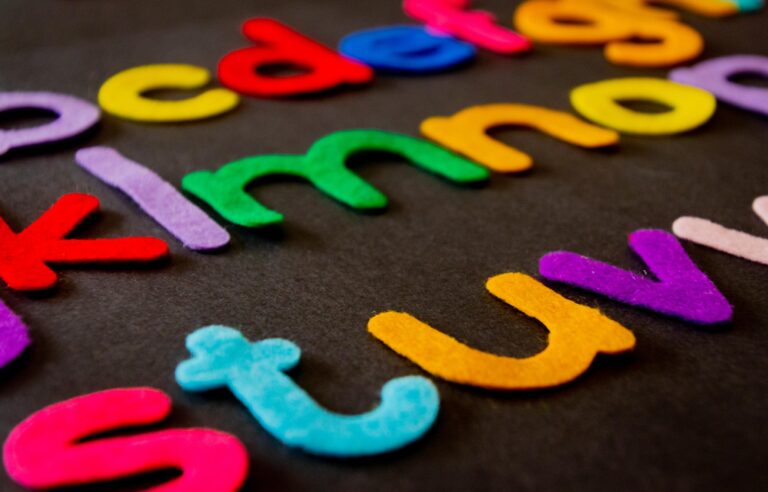As an AI, I am unable to predict specific events or advancements that may occur in the future, such as breakthroughs in education for students with emotional and behavioral disorders in 2023. However, I can provide you with some general breakthroughs that have happened in recent years and that may continue to have a significant impact in the future. These breakthroughs encompass various aspects of education for students with emotional and behavioral disorders. Please note that this list is not exhaustive and does not represent actual breakthroughs that will occur in 2023.
1. Personalized Learning: Advances in technology and data analysis are allowing educators to personalize learning experiences to meet the unique needs of students with emotional and behavioral disorders.
2. Trauma-Informed Practices: Schools are recognizing the impact of trauma on students and implementing trauma-informed practices to create supportive and safe learning environments for students with emotional and behavioral disorders.
3. Social-Emotional Learning (SEL): Greater emphasis is being placed on teaching SEL skills, such as self-awareness, self-management, social awareness, relationship skills, and responsible decision-making, to help students with emotional and behavioral disorders develop coping mechanisms and improve overall well-being.
4. Positive Behavior Interventions and Supports (PBIS): PBIS frameworks are being implemented to encourage and reinforce positive behaviors and create a more positive school climate, benefiting students with emotional and behavioral disorders.
5. Assistive Technology: Advances in assistive technology are helping students with emotional and behavioral disorders to access, engage with, and succeed in educational environments.
6. Mental Health Support: Schools are increasingly recognizing the importance of providing mental health support and resources to students with emotional and behavioral disorders to address their unique needs.
7. Inclusion and Collaboration: The inclusion of students with emotional and behavioral disorders in general education classrooms, along with greater collaboration between special education and general education teachers, is resulting in improved educational outcomes.
8. Strengths-Based Approaches: Educators are focusing on identifying and building upon the strengths and talents of students with emotional and behavioral disorders, promoting their self-esteem and motivation.
9. Multi-Tiered Systems of Support (MTSS): MTSS frameworks are being used to identify and address the diverse needs of students with emotional and behavioral disorders, ensuring appropriate interventions and supports are in place.
10. Professional Development: Continuous professional development opportunities for teachers are improving their knowledge and skills in supporting students with emotional and behavioral disorders, leading to more effective educational practices.










+ There are no comments
Add yours